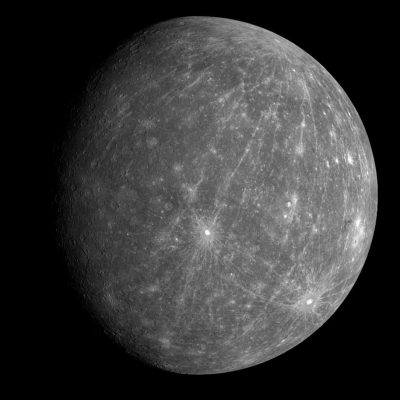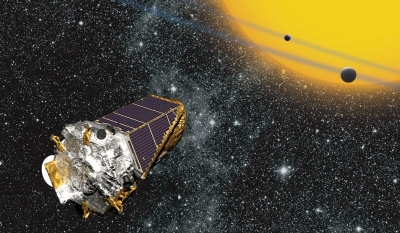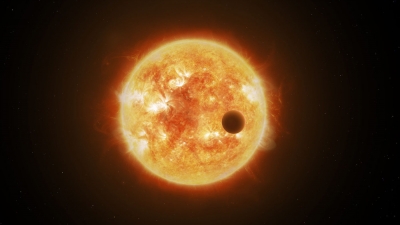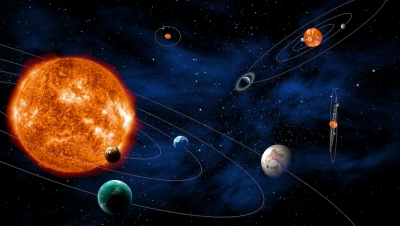Which moon is the most volcanically active body in our solar system?
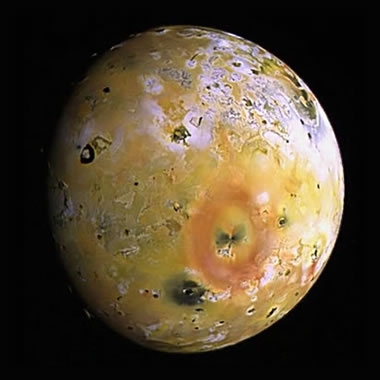
The moon Io is the most volcanically active world in the solar system. Io even has lakes of molten silicate lava on its surface.
However, Io is a very tiny moon that is enormously influenced by the gravity of the giant planet Jupiter. The gravitational attraction of Jupiter and its other moons exert such strong "pulls" on Io that it deforms continuously from strong internal tides. These tides produce a tremendous amount of internal friction. This friction heats the moon and enables the intense volcanic activity.
Io has hundreds of visible volcanic vents, some of which blast jets of frozen vapor and "volcanic snow" hundreds of miles high into its atmosphere. These gases could be the sole product of these eruptions, or there could be some associated silicate rock or molten sulfur present. The areas around these vents show evidence that they have been "resurfaced" with a flat layer of new material. These resurfaced areas are the dominant surface feature of Io. The very small number of impact craters on these surfaces, compared to other bodies in the solar system, is evidence of Io's continuous volcanic activity and resurfacing.
Credit : Geology.com
Picture Credit : Google

